Last Updated on July 31, 2021
Ink & Pixel is a source of pride and joy for me as a writer and as such, I'm always striving to take this column further for those who read and enjoy it. In an effort to widen the reach of our continuously growing fan-base, Ink & Pixel has broadened its horizons with the inclusion of films from the Horror, Sci-Fi, Action-Adventure, and Fantasy genres. Additionally, if you yourself, or anyone you know, helped to make any of the amazing feature films found within this column, I would love to talk to you to further my knowledge. Please contact me at [email protected] so we can discuss it further.

If I were to ask you about your childhood, and forms of entertainment that you feel were the most influential in your upbringing, what would you say? For me, there was nothing I liked more than a good book. In fact, when I wasn't playing video games or wearing out another family VCR with repeat viewings of Walter Murch's RETURN TO OZ, I was most likely to be found with my face buried in a tome. My go-to literary creators were The Brothers Grimm, Bill Watterson, Clive Barker, R.L. Stine, Aesop, Hans Christian Andersen, Roald Dahl, and Lewis Carroll. In a childhood filled with nights of bonfires and Freeze Tag, reading was my own personal rabbit hole into fantasy, philosophy, and imagination.

As I find myself thinking back on all those good times, I figured it would be cool to take a look back at Tim Burton's ALICE IN WONDERLAND. Heh. I can just imagine the look on your face, right now. You've got that, “But Steve, why aren't you writing about 1951 Disney Classic instead?” expression on, don't you? The answer is quite simple, really. It's all about releasing a companion piece to the theatrical debut of James Bobin's ALICE THROUGH THE LOOKING GLASS – a sequel set in Burton's Aliceverse. Though before we delve into the effects-laden film of questionable worth, or contemplate exactly why a raven is like a writing desk, indulge me in conducting a brief history lesson.

Of course, ALICE IN WONDERLAND is the result of Burton's own interpretation of the Alice's Adventures in Wonderland (1865) and Through the Looking Glass (1871) novels written by an English mathematician named Charles Lutwidge Dodgson – who wrote under the pseudonym Lewis Carroll. As you may already be aware, the collection of stories tell the tale of a young girl by the name of Alice. One day, Alice discovers a clothed, talking rabbit and decides to follow him. Whilst in pursuit of her well-heeled hare, Alice falls down a rabbit hole and discovers a wild world overrun by a cast of bizarre characters, metaphors, and dangers of all shapes and sizes.

According to record, Dodgson first began telling the story of Alice and her journey into Wonderland while rowing a boat up The Isis – a section of the River Thames that flows through Oxford, England. While in the company of Henry Lidell's (Vice Chancellor of Oxford University) three youthful daughters, Carroll entertained the young women with a bit of on-the-spot storytelling. As they sailed up the waterway, Carroll spoke of a curious world filled with magic, impossible creatures, and a violent queen. So entertained by the story was daughter Alice Lidell, that she requested Carroll write it down. Lewis obliged, and little by little, elaborated upon Alice's adventure until it became a full-fledged epic founded on curiosity and wonderment.

Tim Burton's ALICE IN WONDERLAND – with a screenplay penned by Linda Woolverton – received a worldwide theatrical release between the months of February and March of 2010. The film stars a few familiar faces seen in Burton's past work such as Johnny Depp, and Helena Bonham Carter (who shared an intimate 13-year relationship with Burton before the couple split back in December of 2014). Other notable talents lending weight to the cast of WONDERLAND are Mia Wasikowska as the inquisitive Alice, Anne Hathaway as the White Queen, Crispin Glover as Stayne – The Knave of Hearts, Stephen Fry providing the voice for The Cheshire Cat, and the legendary Alan Rickman taking his turn as the Blue Caterpillar.

Many have tried their hand at creating their own version of Lewis Carroll's classic tale. There have been made-for-television adaptations, music videos, stop-motion animated presentations and even video game interpretations of Alice's strange and hallucinatory expedition. Tim Burton's take finds Alice looking to escape the pressures of high society while simultaneously grieving for the loss of her father. Then, while at an obnoxiously posh dinner party, Alice spies a nervous-looking White Rabbit near the royal hedge maze. Befuddled by the sight, Alice follows the rabbit down a hole that leads to Wonderland.

Upon her arrival, word begins to spread throughout the twisted terrain about “the right Alice” having made her way to Wonderland. Shortly thereafter, Alice learns of a prophecy that suggests one day a young woman will come forth to slay the villainous Red Queen's Jabberwocky and return power to the land's good and rightful ruler, the White Queen. Along her journey, Alice befriends a curious man who calls himself The Mad Hatter. Together, the unlikely duo traverse Wonderland's eccentric and treacherous locales in an effort to defeat the Red Queen and restore a semblance of order to the strange kingdom.

It strikes me as rather fitting that Tim Burton's ALICE IN WONDERLAND was reportedly a strange filming experience for the cast and crew. Much of the principle photography and early footage was later discarded. The stated reason for this was that Burton became unsure of his vision, and in the process, approached several methods of capturing the look and feel of his Wonderland. Having never shot while using green screen canvasing, it took time and patience for Burton to adapt to the foreign technology. In fact, many of the film's cast and crew fell prey to bouts of illness due to the overwhelming exposure of the tech's neon green visual assault on their senses. In fact, in an interview with the UK-based publication, The Telegraph, Burton stated that he had to have lavender colored lenses fitted into his frames in an effort to counteract the nauseating effects.

In terms of presentation, ALICE IN WONDERLAND brings the methods of live-action, CGI, stop-motion, and green screen together to create a visual style that, love it or hate it, is perfect for creating a weird storybook world. Take Crispin Glover's Knave of Hearts character for example. While on set, only Glover's head was exposed while the rest of his body remained clad in the same green as all of those accursed screens. Equipped with stilts, Glover lumbered around the set while performing a series of dramatic movements, which the effects team then overlaid with CGI to complete his look.

For Helena Bonham Carter's Red Queen, the effects team over at Sony Pictures Imageworks had the actress dressed from the character's ruby red shoes to her over-sized, heart-shaped head. Striking the balance between big and too big proved to be a bit of a challenge – both structurally as well as visually. It's all a matter of proportion, right? It certainly stands to reason that you can't create a character with a skull that's 75% above average size without a proper neck to support it. One member of Sony's effects team had this to say about helping to create the Red Queen's live-action/CGI hybrid look, “The subtleties of blending her head into her normal-sized body has been difficult, but it looks really interesting. So you kind of say, alright, what's great about that, is it takes you to a mid-ground point of a real person – but, manipulated and slightly mutated. So not quite real, but like a missing link between the CG world and Alice, who's always normal looking – even if she's 20-feet-tall.”

In regard to Tweedledee and Tweedledum, actor Matt Lucas geared up to portray both characters while dressed in a green screen responsive tear drop-shaped body suit. For the creative process, Matt would film scenes as one of the simple-minded twins with a body double standing at his side. Halfway through the completion of a scene, the two actors would switch places and start from the top, once more. The effects crew then craft what's called a “master plate” that they then use as the template for each of the “dum” characters. With the body movements already captured, Sony can then use the individual footage of Lucas' facial gestures and apply it to the master plate – thereby completing the look of both Tweedles Dee and Dum.

Despite the divided opinions of the film, Burton's ALICE IN WONDERLAND was an absolute smash at the box office. While having cost the studio $200 million to produce, the movie had earned an impressive worldwide total of $1,025,467,110 after its 18-week-long theatrical run. In an age when its become somewhat of an un-ironic cool to hate on Tim Burton, I have to wonder if ALICE THROUGH THE LOOKING GLASS stands to make anywhere near that amount. In years past, I can scarcely remember anyone having something positive to say about the frizzy-haired director's cinematic version of the Lewis Carroll classic, but as history has also proven, stranger things have and do happen in the realm of Wonderland.

Personally, I find myself standing at somewhat of a crossroads with ALICE IN WONDERLAND. While quirky characters, special effects, and weird worlds are my bread and butter here at Joblo, I'm not entirely certain that I can give this film my seal of approval. Perhaps it's the that the classic Disney animation has been a part of my heart and soul for so many years, or maybe it's because I find myself questioning Burton's decision to present so much of his Wonderland as one big CGI effect. It's not that I don't think the world is creative or visually appealing, it's that I find it difficult to discern where the fantasy begins and ends (technologically speaking). For some, this blur of reality versus fiction is part of the film's appeal. Unfortunately for me, I've found that much of the movie's visual splendor undercuts the applied drama of Alice's journey – not to mention the lessons to be learned from such an introspective exploit into the bizarre.

Yeesh! After reading that last paragraph back to myself, one has to wonder if I have any love for this movie at all? I do. In fact, I like many of the film's characters. Anne Hathaways' White Queen is wonderful. I love the way she flutters about, all dainty, unassuming, and stunningly gorgeous. Or how about the way she presents herself as a go-with-the-flow symbol of royalty, but is in truth curious about the politics and inner-workings of Wonderland more so than anyone else in the land? There's also the monotone delivery of Alan Rickman's Blue Caterpillar to enjoy. Yes, Alan Rickman in nearly any role is something to behold, but it's my opinion that he's especially perfectly cast as the prophetic voice of warning andimpending doom in all things Wonderland. Couple these performances with Depp's unapologetically off-putting portrayal of the Mad Hatter and you've got a film that's bound to leave an impression – for better or worse.

I'll catch you next time, folks. Till then, be careful what you wish for and don't go following any White Rabbits down any holes, okay? That is unless you want to have yourself one hell of a come-down the next morning after sampling the drinks and pastries of a world that's governed by madness and impossibility.


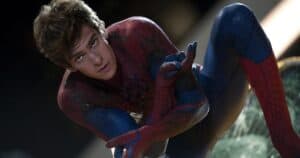
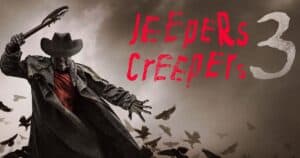
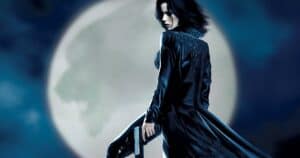
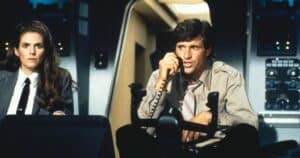


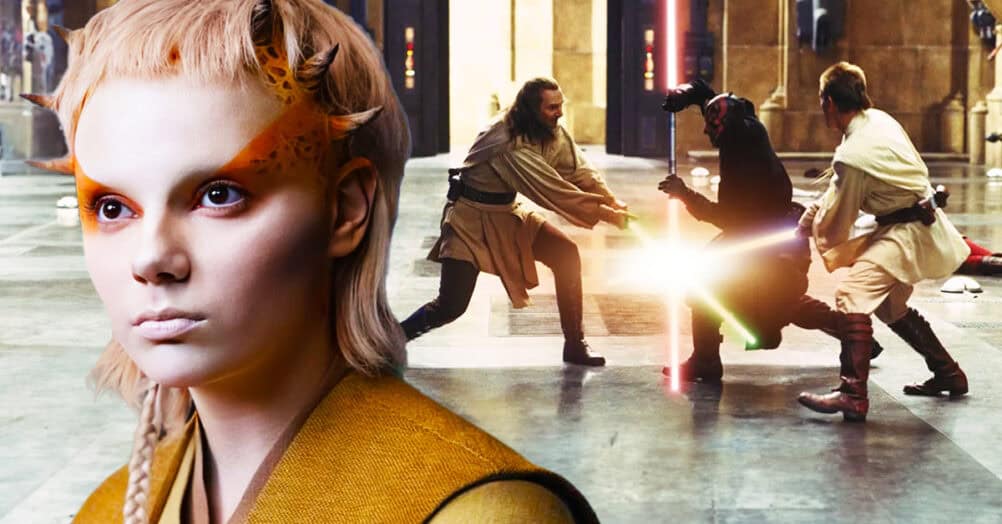
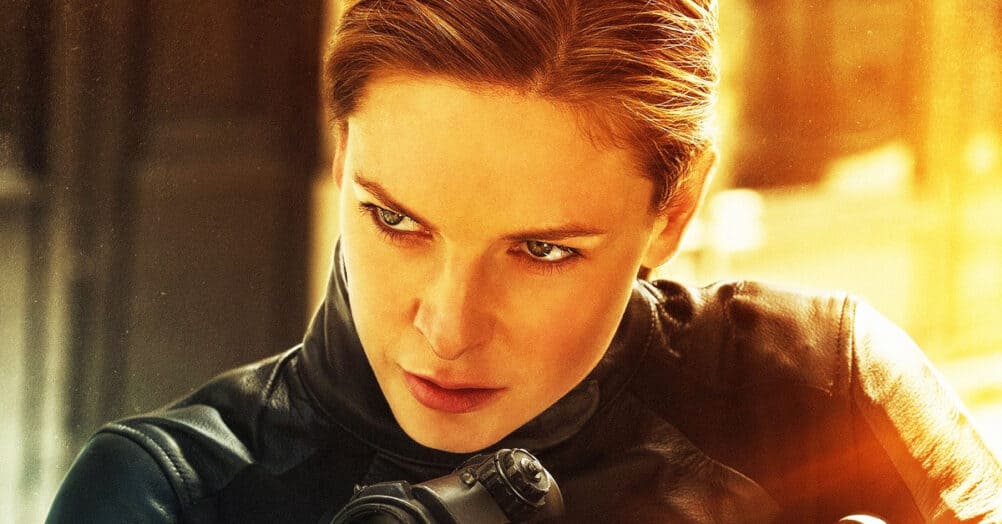
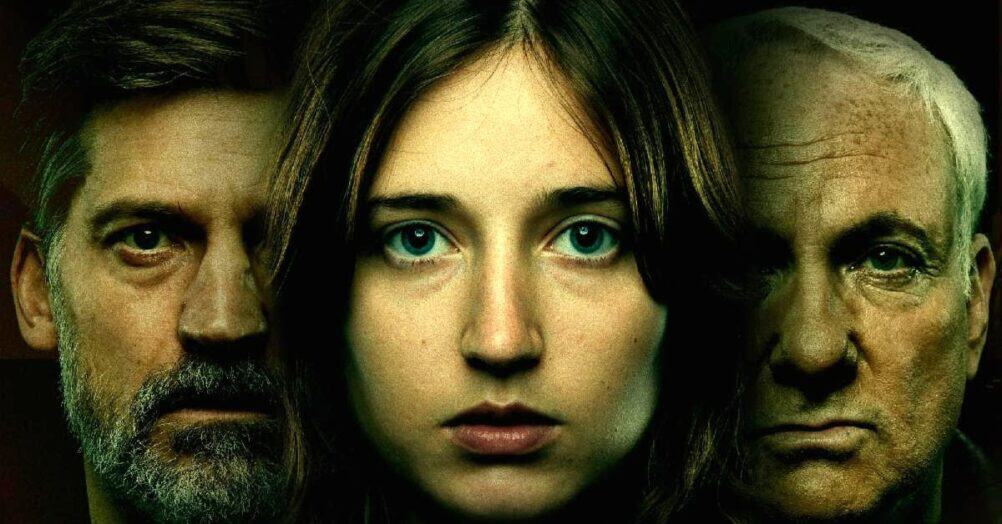
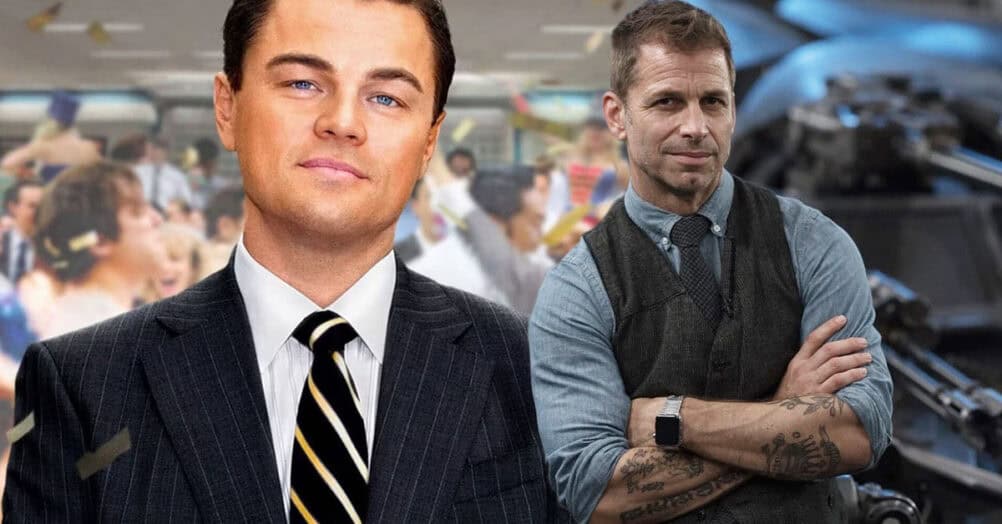
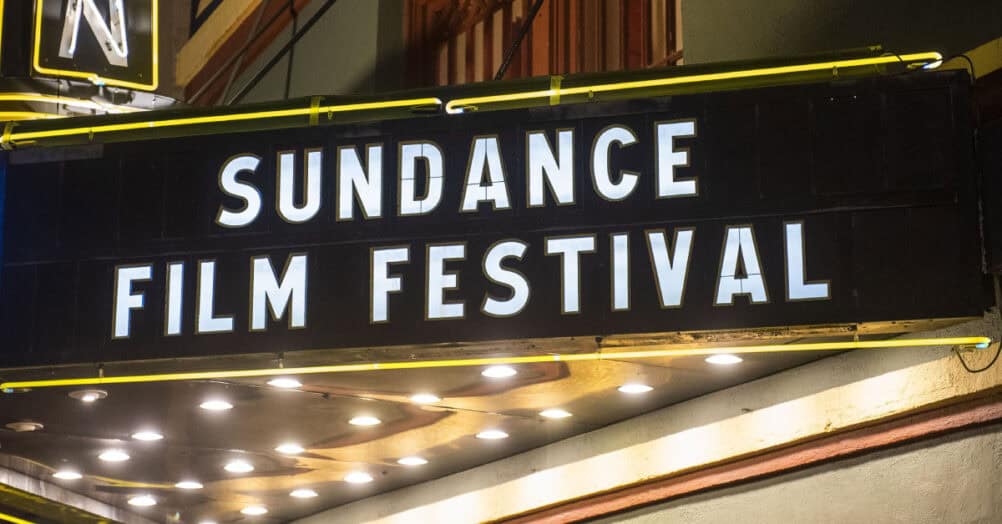
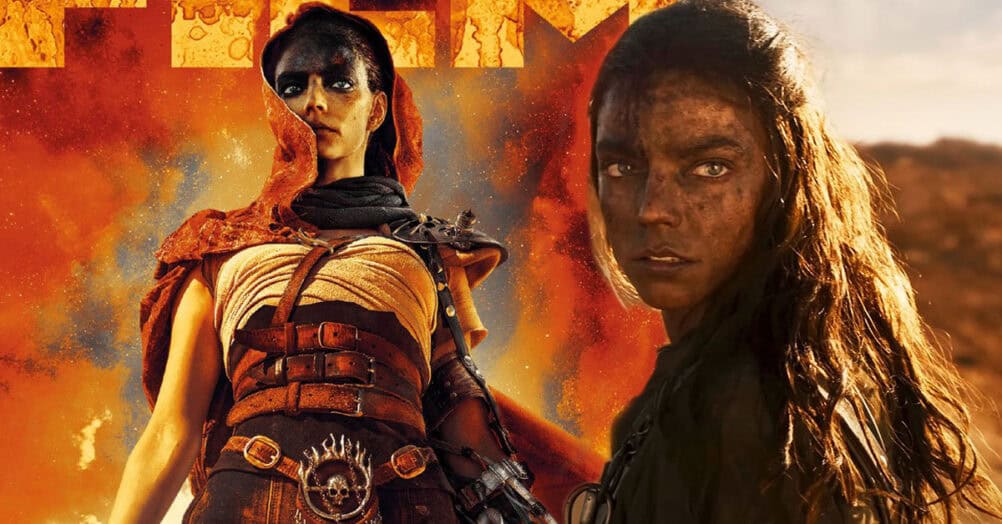
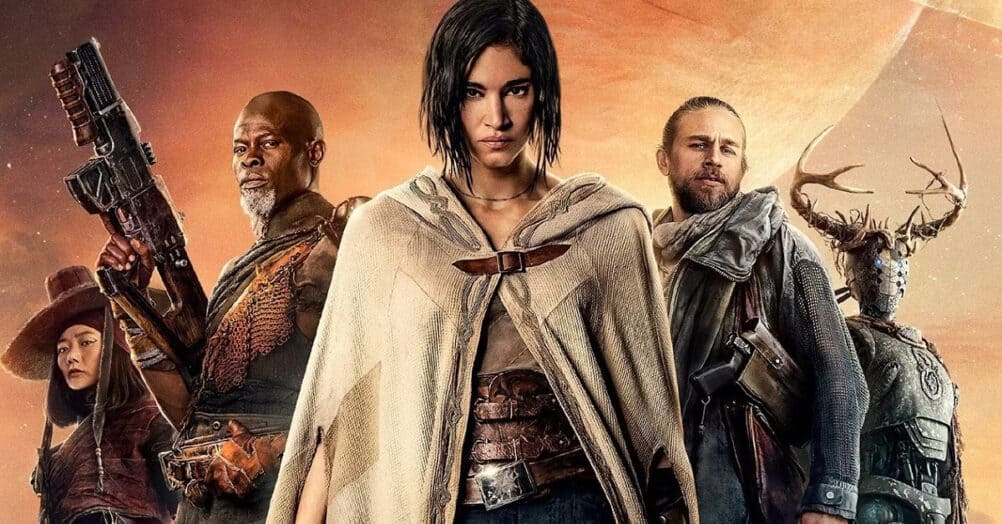
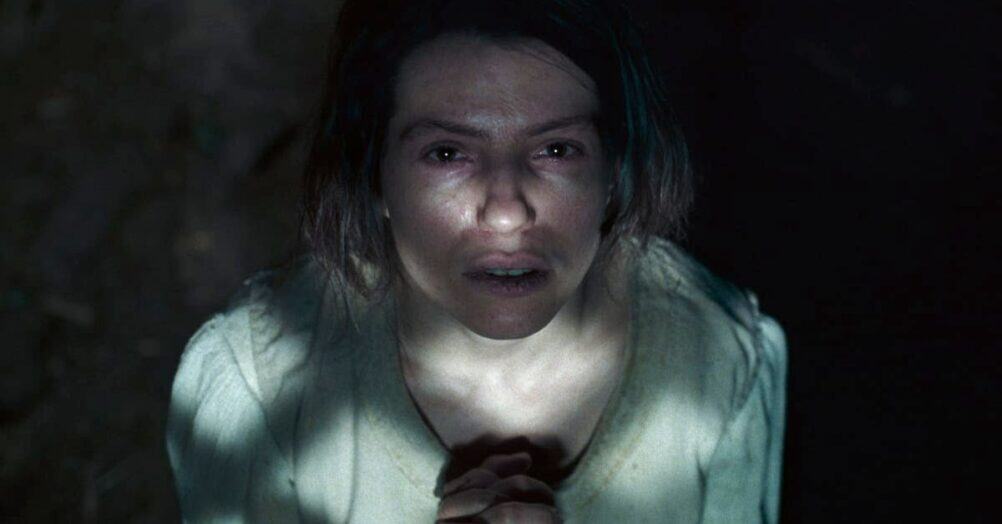
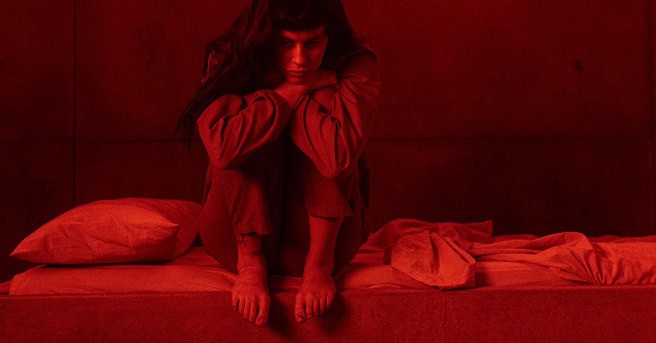
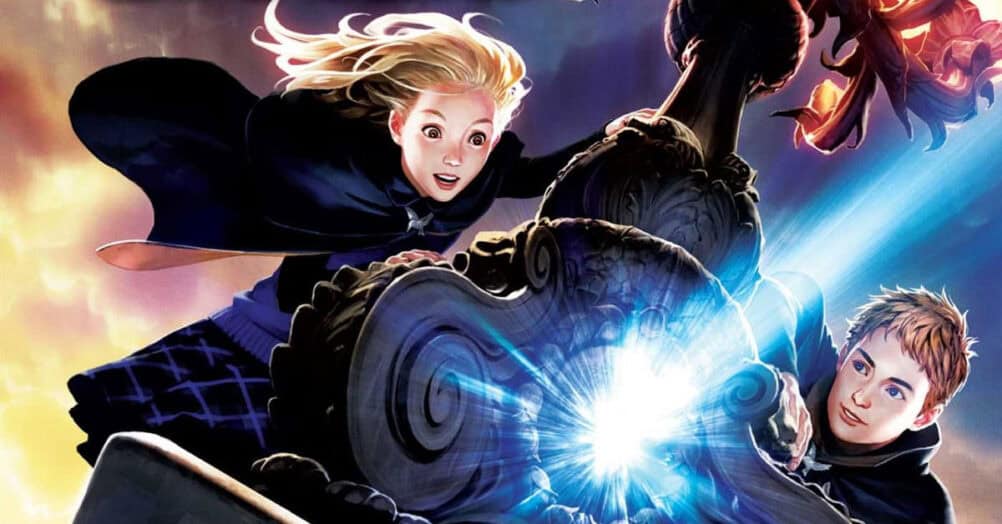
Follow the JOBLO MOVIE NETWORK
Follow us on YOUTUBE
Follow ARROW IN THE HEAD
Follow AITH on YOUTUBE